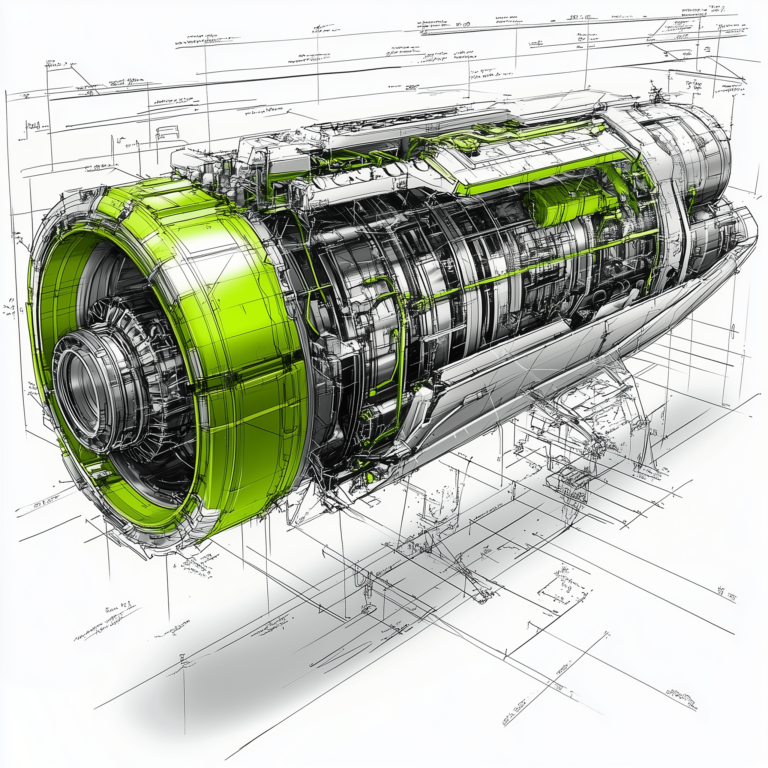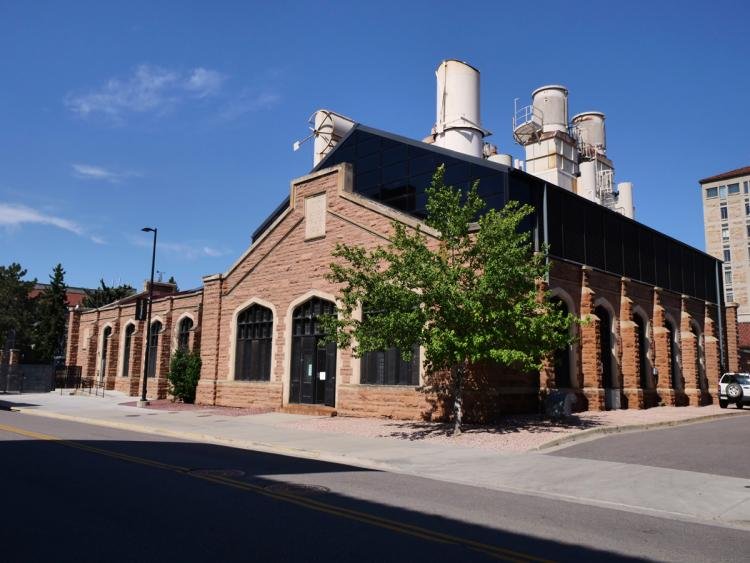Podcast 2 : CU Boulder Energy Master Plan (EMP) 2021
The Energy Master Plan is a vision and roadmap for the campus for years to come. It is an adaptable framework for a financially sustainable energy program that focuses on energy-intensity reduction goals, supports meeting the carbon-reduction goals of the campus and provides reliable, low-carbon and resilient energy sources that enable and enhance the campus mission of education and research.
Learn more at;
https://www.colorado.edu/masterplan/EMP
CU Boulder Energy Master Plan FAQ
Increase Campus Energy Efficiency
Q1: What is CU Boulder doing to reduce energy consumption in its buildings?
A1: CU Boulder is committed to reducing energy use intensity (EUI) in its buildings by 30% by 2035. To achieve this goal, the university is implementing a multi-pronged approach:
- Energy Audits and Conservation Measures: Regularly auditing buildings to identify and implement energy conservation measures, such as building envelope upgrades, HVAC controls optimization, lighting upgrades, and heat recovery systems.
- Commissioning: Implementing a comprehensive commissioning program to ensure energy systems are operating efficiently.
- Space Optimization: Working to efficiently allocate space within existing and new buildings to reduce the need for new construction.
Q2: How does CU Boulder benchmark energy performance in its buildings?
A2: CU Boulder uses energy use intensity (EUI), measured in kBtu per square foot, to track energy efficiency improvements. The university is developing its own set of building energy performance benchmarks based on historical usage data, climate, operational profiles, and equipment characteristics. These benchmarks will be used to set targets and evaluate performance for both existing and new buildings.
Reduce Facility Energy Emissions
Q3: What are CU Boulder’s goals for reducing greenhouse gas emissions?
A3: CU Boulder is committed to reducing greenhouse gas (GHG) emissions associated with facility energy use:
- 25% reduction by 2025
- 50% reduction by 2030
- 100% reduction (carbon neutrality) by 2050
These goals will be achieved through a combination of on-site clean energy generation, clean energy procurement, and a comprehensive heating decarbonization plan.
Q4: What is CU Boulder doing to decarbonize its heating systems?
A4: CU Boulder is developing a comprehensive heating decarbonization plan that considers building-level systems, district energy networks, and the potential for fuel switching. This plan includes:
- Assessing existing infrastructure: Evaluating the feasibility of transitioning to lower temperature heating systems, which are more compatible with renewable energy sources.
- Updating design standards: Requiring new buildings to be compatible with lower-temperature heating systems.
- Identifying waste heat opportunities: Exploring ways to capture and utilize waste heat from other processes.
- Phased implementation: Gradually converting existing systems to cleaner alternatives based on condition, end-of-life, and growth areas.
Enhance Critical Mission Resilience
Q5: How is CU Boulder enhancing energy resilience for critical operations and research?
A5: CU Boulder is prioritizing energy resilience to ensure uninterrupted operations for critical facilities and research activities. The university is focusing on:
- On-site energy generation and storage: Expanding solar PV capacity, adding black-start capability to the existing cogeneration plant, and implementing battery energy storage systems.
- Campus microgrid: Improving electrical infrastructure to enable the creation of a campus-wide microgrid, which could operate independently during utility outages.
- Resilience requirements in design standards: Incorporating minimum resilience requirements into building design standards for new construction and major renovations.
Q6: What metrics are used to measure energy resilience?
A6: CU Boulder uses a variety of metrics to track energy resilience, including:
- Outage time: Duration of resource outages for critical systems.
- Monetary cost of lost research: Financial losses resulting from research disruptions due to outages.
- Service assurance: The number of hours a building can maintain operations during outages.
- Cybersecurity and physical hardening: Assessing and improving the protection of energy systems against cyberattacks and physical threats.
Lead in Energy Innovation
Q7: How is CU Boulder leveraging its expertise to lead in energy innovation?
A7: CU Boulder aims to establish itself as a world-leading living laboratory for energy innovation by:
- Campus living laboratory: Partnering with researchers and industry to test and deploy innovative energy technologies on campus.
- External partnerships: Collaborating with local/regional agencies, research institutions, and industry experts to share knowledge and foster innovation.
- Community outreach: Engaging with the local community through education and outreach programs to promote energy efficiency and sustainability.
Q8: How will the Energy Master Plan be updated and implemented?
A8: The Energy Master Plan is a living document that will be reviewed and updated at least every five years. The implementation roadmap outlines specific actions and timeframes for achieving the plan’s goals. A newly formed Energy Services Organization (ESO) and Energy Action Group (EAG) will lead the implementation efforts, tracking progress and making adjustments as needed. Financial commitments and alternative financing mechanisms will be explored to support project implementation.
the University of Colorado Boulder’s Energy Master Plan. It outlines the University’s ambitious goals for reducing energy consumption, transitioning to clean energy sources, and enhancing campus resilience. The plan sets targets for reducing energy use intensity, decreasing greenhouse gas emissions, and implementing innovative energy solutions to ensure that the University’s critical research and operations continue uninterrupted. The plan includes an extensive implementation roadmap with details on how to achieve these goals over the next 30 years, emphasizing stakeholder engagement, a culture of energy efficiency, and establishing CU Boulder as a leading living laboratory for energy innovation.


